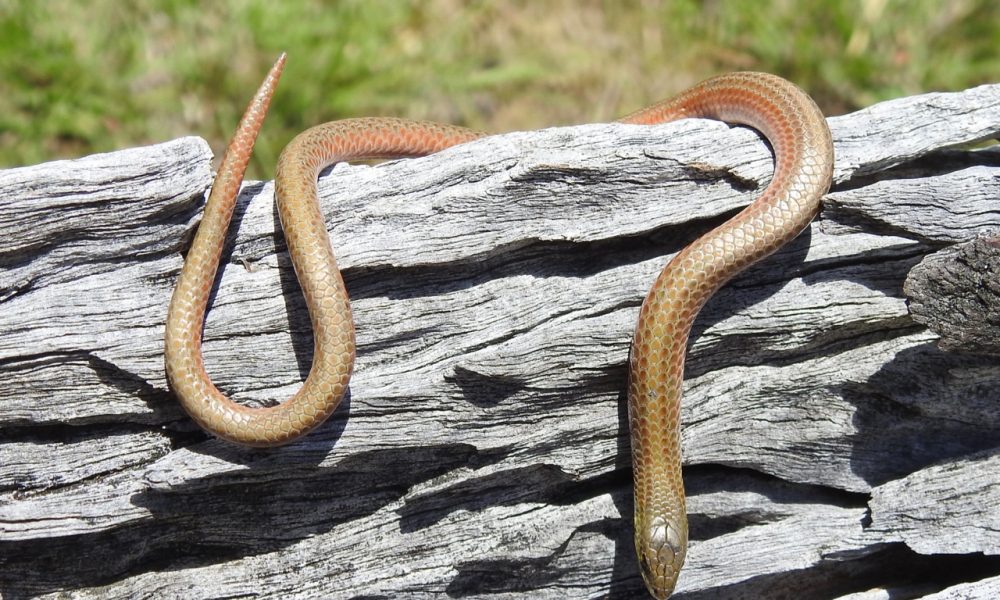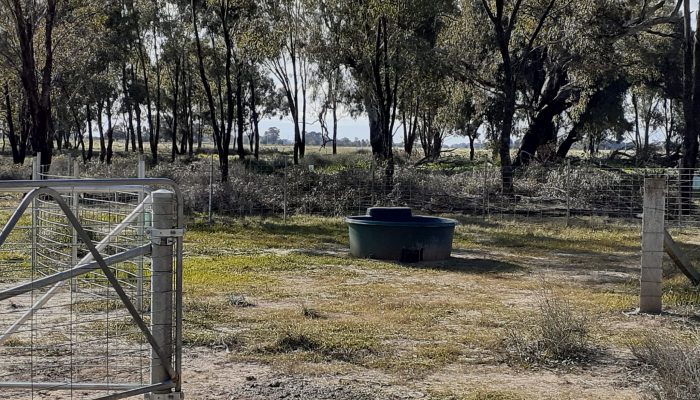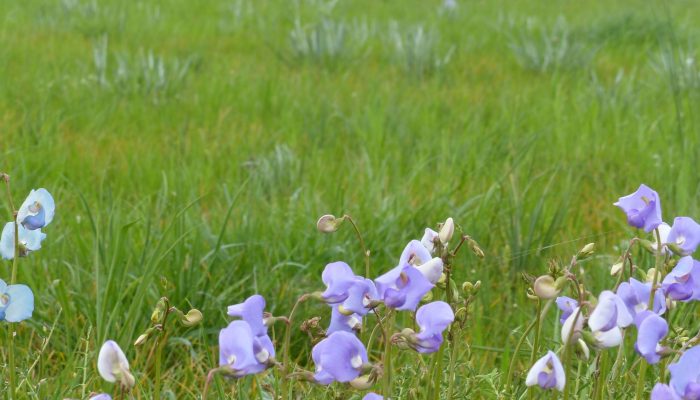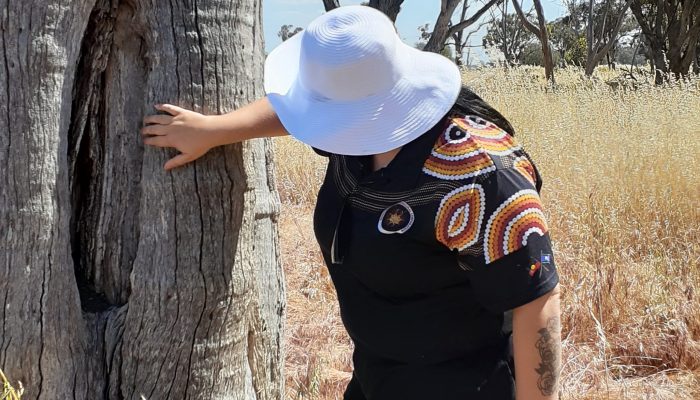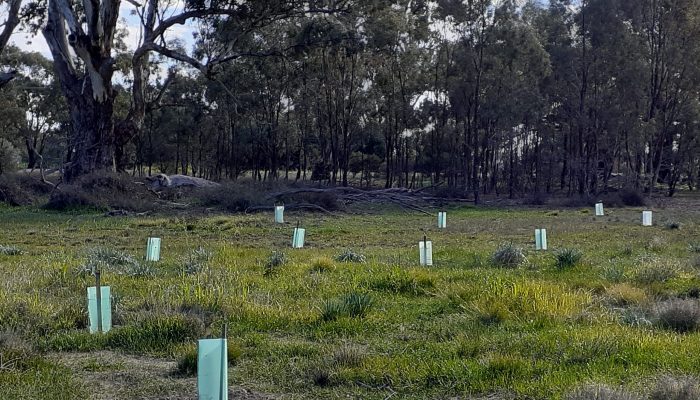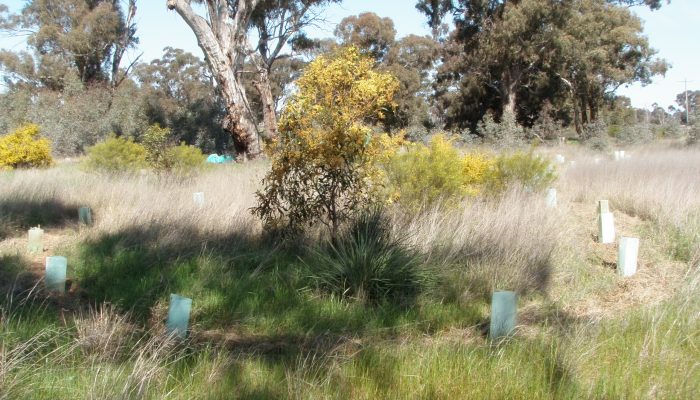Purchased by Trust for Nature in 1999, Naringaningalook Grassland Reserve 18.3ha protects two endangered types of habitat: Plains Woodlands and Plains Grassy Woodland/Gilgai Wetland Mosaic.
Currently in northern Victoria only 0.5 per cent of the original Plains Grasslands remain. The structure and diversity of this reserve is unique in the Goulburn Broken catchment with 127 flora species being recorded, including a range of seasonal dependent species.
The protection of this reserve contributes substantially to the conservation of Northern Plains grasslands within the Goulburn Broken catchment.
All Trust for Nature reserves are closed on days of Total Fire Ban, and days of severe, extreme and code red fire danger.
